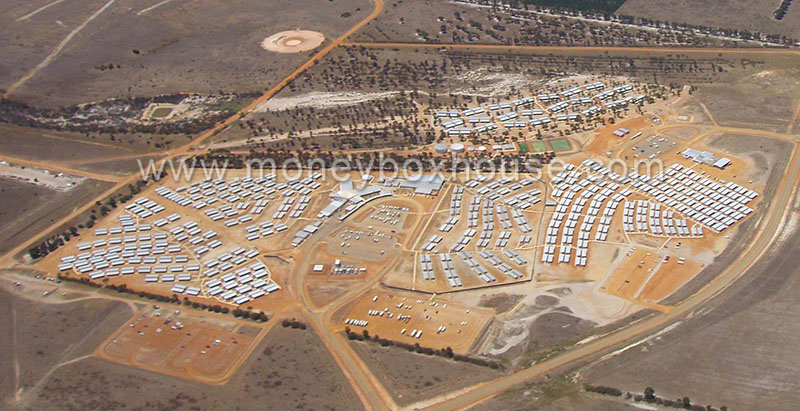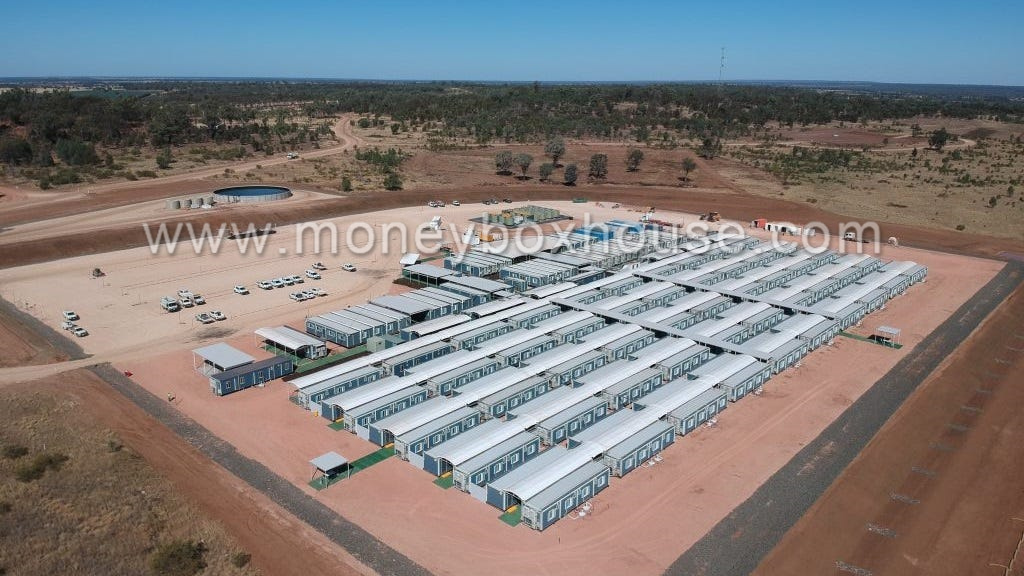The Core Challenge: The TCO Trap vs. Upfront Cost
An inexperienced procurement officer sees the unit price. A seasoned PM sees the Total Cost of Ownership (TCO).
We’ve seen too many projects delayed simply because the wrong housing type was chosen based on a low sticker price, which led to crippling freight costs.
Your TCO is the real number, and it includes:
- Logistics (The Real Killer): How many units fit in a 40HQ container? This is often the #1 cost driver.
- Assembly Speed: How many man-hours per unit? Time is money.
- Operational Cost: Insulation quality (insulated container homes) dictates your long-term energy (heating/cooling) bills on-site.
- Demobilization & Redeployment: Can you fold it up and move it to the next project? Or is it a sunk cost?
Focusing on TCO from day one is the only way to plan a truly cost-effective worker housing solution.
Phase 1: Selecting Your Camp's Structural "DNA" (A Blended Solution)
No single product solves every problem. As a manufacturer of a full product line, Moneybox recommends a "blended" approach based on your project's unique phases.
1.1. The Workhorse: Flat Pack Container House
This is the standard for your main mining camp dormitories. Flat packs aren't glamorous—but they work. That’s what matters when you’re building for 500 people in the middle of nowhere.
- TCO Advantage: Unbeatable shipping density. We load 6-8 units into a single 40HQ container, crushing your freight costs.
- Use Case: Main worker dorms, large-scale offices, and long-term accommodation.
- See the Product: Flat Pack Container House Solutions
1.2. The "First Response" Unit: Folding Container House
Now, picture this: your first crew arrives after a 14-hour drive. The last thing they need is to spend two days building their own dorms.
- TCO Advantage: Unbeatable deployment speed. A 2-person team can set up a folding container house in 10 minutes. What you lose in shipping density, you gain in "time-to-occupancy."
- Use Case: Advance team offices, initial kitchens, emergency clinics, or temporary checkpoints.
1.3. The High-Density Option: K-Type Prefabricated Site House
When budget is the primary driver and you need to maximize square-meter-per-dollar for a large-scale, two-story setup, the panelized
K-Type system is the answer.
- TCO Advantage: Lowest procurement cost per square meter.
- Use Case: Large prefabricated labor quarters, canteens, and temporary schools.

